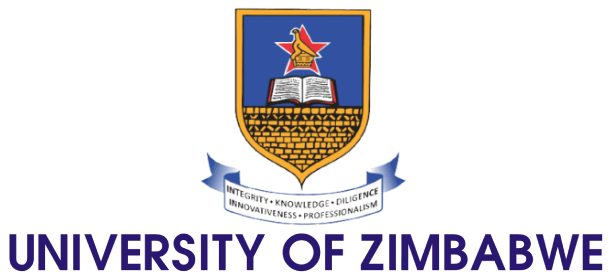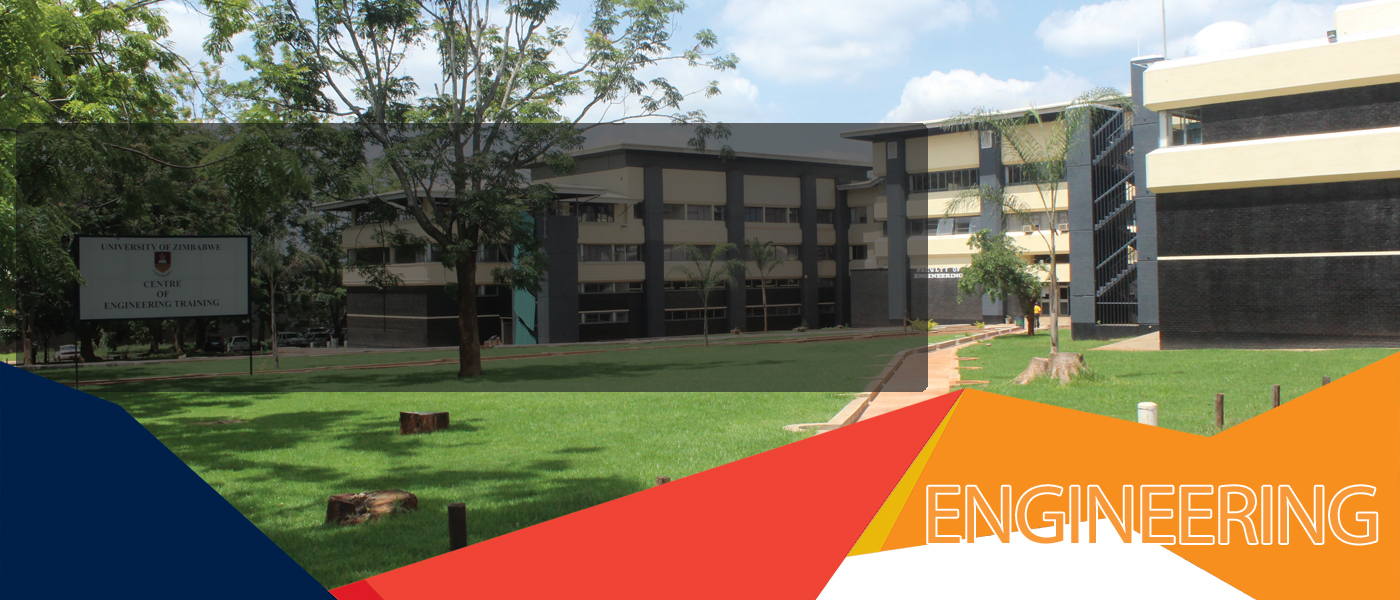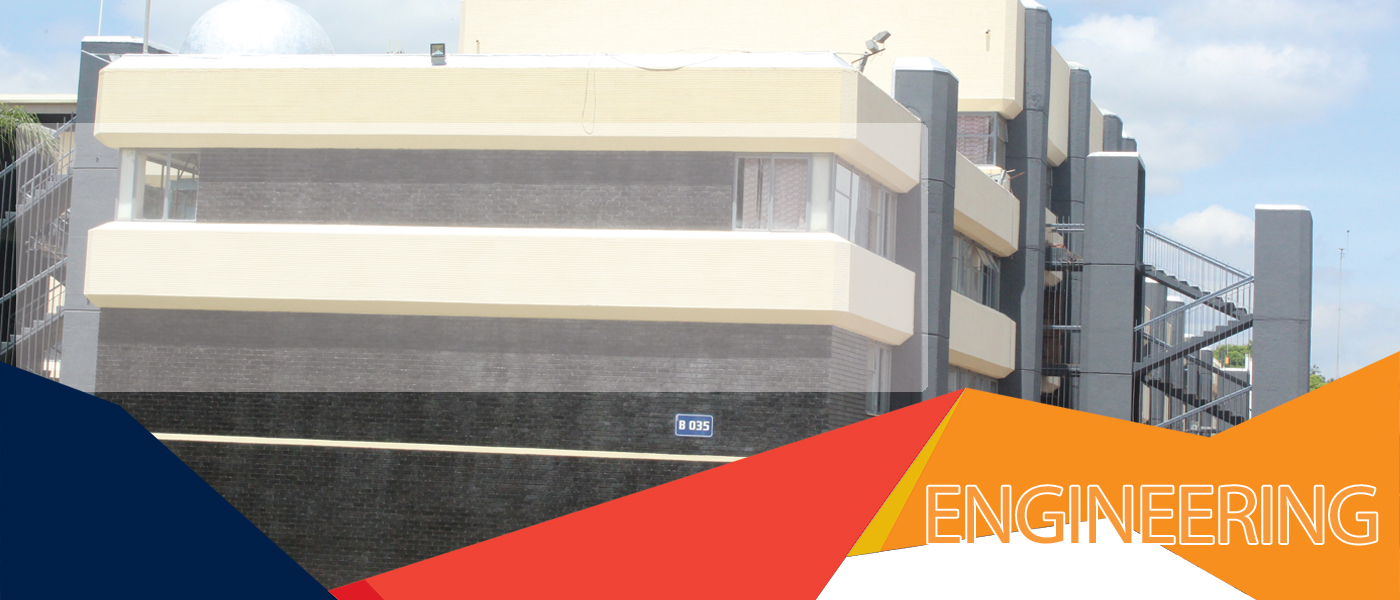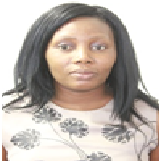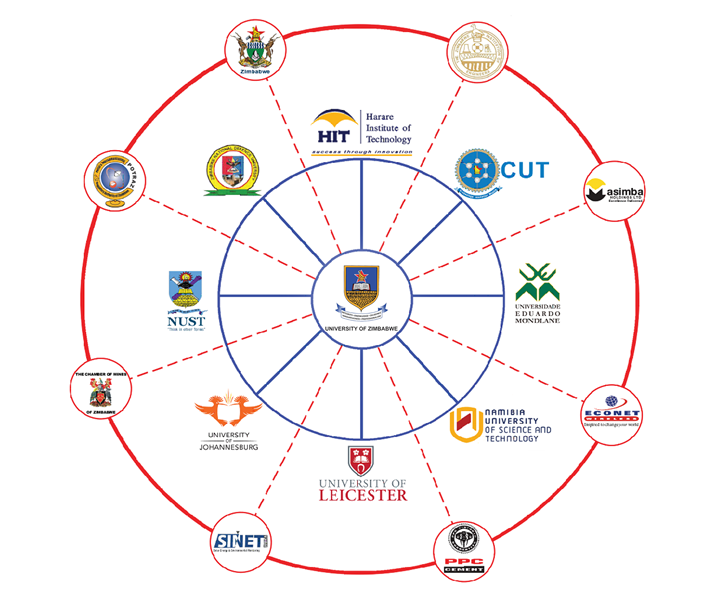Background to CCEE
The Centre for Continuing Engineering Education (CCEE) was established in June 2004 by the Faculty of Engineering to keep local and regional engineers up to date with the latest in technology and improvements in the execution of specialised technical tasks and to generate income for the Faculty as well as for the University. All Faculty engineering consultancy programmes, diploma courses and short courses are executed through this Centre.
The main activity of the Centre since 2004 has been running short courses and training programmes targeted primarily at practising engineering professionals in Zimbabwe and the Southern African region. Since then, CCEE has demonstrated capability to develop and successfully offer customised courses for specific organizational requirements. Such courses have been run at the client’s premises and in some cases, at avenue selected by the client.
The Centre is also now offering consultancy services in areas such as energy, mining, construction and manufacturing. In addition to this, in the near future, the Centre will be running seminars, symposia, conferences and other activities aimed at enhancing Continuing Engineering Education for the benefit of the engineering fraternity in Zimbabwe and the region.
In areas of Energy Research and Training, the Centre for Continuing Engineering Education (CCEE) has close cooperation with the Southern African Power Pool (SAPP) and other national institutions of higher learning.
Director
Dr Juliana Useya
Qualifications: Bsc (Hons) Surveying, Msc Geoinformatics, D. Eng. GeoInformation Engineering, Member Survey Institute of Zimbabwe
Contact: +263778120830 or +263 242 303211 ext 17006
Publications
- Chen, S., Useya, J. and Mugiyo, H. (2020). Decision-level fusion of Sentinel-1 SAR and Landsat 8 OLI texture features for crop discrimination and classification: case of Masvingo, Zimbabwe. Heliyon. Elsevier Ltd, 6(11), p. e05358. doi: 10.1016/j.heliyon.2020.e05358.
- Useya, J., Chen, S., Murefu, M., (2019). Cropland Mapping and Change Detection: Towards Zimbabwean Cropland Inventory. IEEE Access 7, 53603–53620. https://doi.org/10.1109/ACCESS.2019.2912807
- Useya, J., Chen, S., (2019). Exploring the Potential of Mapping Cropping Patterns on Smallholder Scale Croplands Using Sentinel-1 SAR Data. Chinese Geographical Science 29, 626–639. https://doi.org/10.1007/s11769-019-1060-0
- Useya, J., Chen, S., (2018). Comparative Performance Evaluation of Pixel-Level and Decision-Level Data Fusion of Landsat 8 OLI, Landsat 7 ETM+ and Sentinel-2 MSI for Crop Ensemble Classification. IEEE Journal of Selected Topics in Applied Earth Observations and Remote Sensing 11, 4441–4451. https://doi.org/10.1109/JSTARS.2018.2870650
- Li, J., Chen, S., Qin, W., Useya, J., Zhen, Z., Wang, Y., (2018). A Fast Reprojection Method for MODIS Products with Sinusoidal Projection. Journal of Indian Society for Remote Sensing. 0123456789. https://doi.org/10.1007/s12524-018-0794-y
- Augustijn, E., Doldersum, T., Useya, J., Augustijn, D., (2016). Agent-based modelling of cholera diffusion. Stochastic Environment Research and Risk Assessment 30, 2079–2095. https://doi.org/10.1007/s00477-015-1199-x
- Useya, J., Togarepi, S., Masarira, T.P.,( 2016). National Spatial Data Infrastructure Readiness: An Evaluation of the Zimbabwean Initiative. Journal of Science and Engineering. Technology 3, 59–65.
- Moreblessings, S., Juliana, U., Senderai, L.T., (2013). The Evolution of Geomatics Education in Zimbabwe. Geostatistics An Overview. Evol. Geomatics Educ. Zimbabwe 1–5
- Togarepi, S., Useya, J., Masarira, T.P., Murefu, M., (2016). A Free Open Source Software For GIS Driven Prototype Geoportal For Zimbabwe. Journal of Science and Engineering. Technology 3, 39–45
- Useya, J., Togarepi, S., Masarira, T.P.,( 2014). Evaluating National Spatial Data Infrastructure Readiness for Zimbabwe. Geostatistics An Overview. Eval. Natl. Spat. Data Infrastruct. Readiness Zimbabwe
Conference Proceedings
- Useya J. “Exploring the Potential of Mapping Cropping Patterns Using Sentinel-1 SAR Data on Smallholder Farming Croplands.” Presented at The 4th International Conference of Resources, Environment and Regional Sustainable Development in Northeast Asia, Changchun, China. 27-29 June 2018
- Useya J. “Decision-level fusion of Sentinel-1 and Landsat 8 OLI Texture Features for Crop Discrimination: Case of Masvingo District, Zimbabwe.” Poster presentation at International Professionals for the Advancement of Chinese Earth Sciences (IPACES), Changchun, China. 29-31 May 2019
- Useya. J., Togarepi,S., Masarira, T.P., (2014), Evaluating National Spatial Data Infrastructure readiness for Zimbabwe, Proceedings of the Second AfricaGEO Conference, 1-3 July 2014, Cape Town International Convention Centre (CTICC), Cape Town, South Africa, http://africageoproceedings.co.za/test/?page_id=411
- Augustijn-Beckers, E.-W., Useya, J., Zurita-Milla, R., Osei, F., (2011). Simulation of Cholera Diffusion to Compare Transmission Mechanisms, in: Proceedings of the 11th International Conference on GeoComputation. UCL, London, UK, pp. 39–42.
